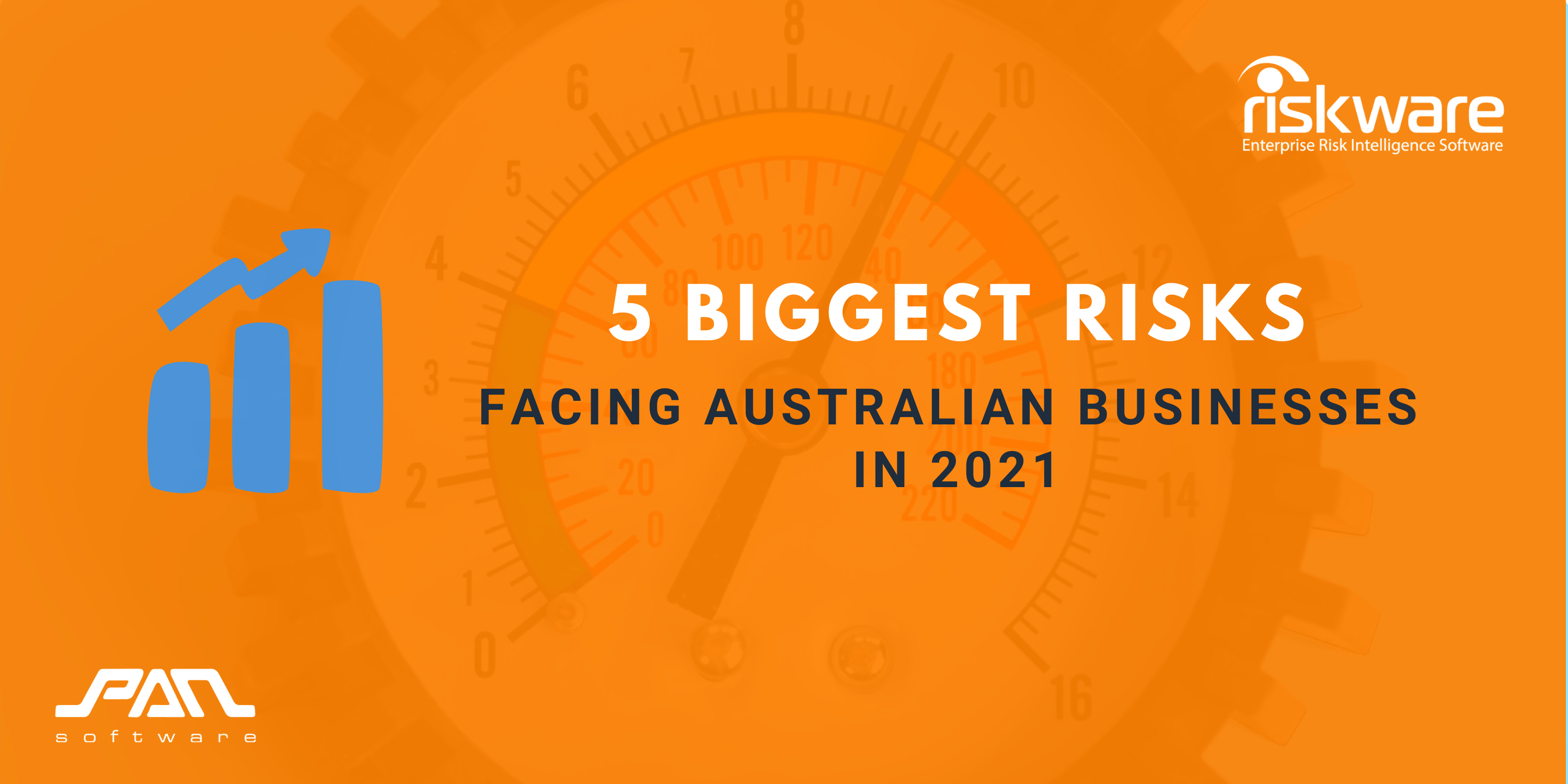When it comes to workplace health and safety, risk management involves identifying potential hazards, assessing the risks of those hazards and putting appropriate control measures in place to eliminate or reduce the risks. The work doesn’t stop there however. After control measures have been implemented, every workplace has an obligation to do their best to make sure they remain effective and to review them on an ongoing basis.
How to Review Your WHS Control Measures & Make Sure They Remain Effective
There’s no doubt that managing occupational health and safety (OHS) is challenging in any workplace—but the aged care sector presents a series of unique circumstances that require prompt and effective management for compliance.
3 Questions Every Health & Safety Manager Should Ask To Control Risks
In the workplace, organisations are required to manage hazards and risks by putting the appropriate control measures in place. Legally, under WHS Regulations, "risks must be controlled by eliminating them so far as reasonably practicable, or if this is not possible, reducing the risks that remain so far as reasonably practicable" (Source: WorkSafe Australia). This means that health and safety managers, or anyone who is responsible for making sure a business is in compliance with these regulations, must determine what is reasonably practicable to protect people from harm.
After the challenges of 2020 and the continuing impact of the global pandemic, risk awareness and prevention has taken on a whole new level of significance for businesses everywhere.
Advancements in science and technology, whether they apply to industries from health to agriculture to supply chain production, are enabling the world to produce research, goods, services, and so on more efficiently and effectively - but with the research, testing and execution of these advancements also come risks. In particular, many industries and organisations need to manage the risks of the accidental exposure to hazardous substances or materials. The approach, policies and processes by which these types of risks are managed is called biosafety, an increasingly important subset of an organisation's overall health and safety management.
Subscribe
Categories
- Risk Management (23)
- Enterprise Risk Management (18)
- Health & Safety (15)
- Business Continuity (14)
- Media Release (7)
- RiskWare (7)
- Compliance (5)
- Environmental Risk (3)
- Incident Management (3)
- Events (2)
- Artificial Intelligence (1)
- Case Studies (1)
- Corporate Governance (1)
- Government (1)
- Social Movement (1)





Leave a comment